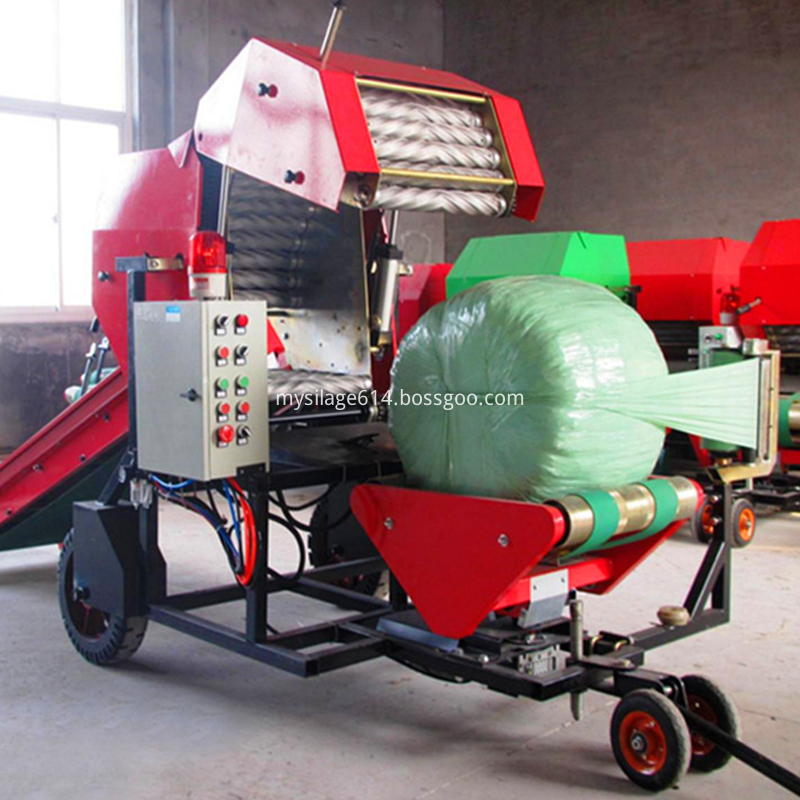First, choose good seedlings. Select early-maturing, high-quality, and high-yielding varieties; select stalks with dense sections, thick and dense leaves, adequate pulp, no disease, no degradation, and no roots; different varieties are planted separately.
Second, re-application of basic fertilizer, high ridge dense planting. In the fields of light or sandy soil, open the main trench, gutter and furrow, so that the gully is smooth, the bottom of the gutter is straight, and the rain stops. Mu with NPK 16-8-16 high efficiency compound fertilizer 25-30 kg evenly spread after the application of ridging. There are two kinds of ridge specifications: one is a ridge width of 1.2m, a ridge height of 40cm, a ridge width of 70cm, three rows of faulty nests per row (planting), a nesting distance of 33cm, and 5000 planting acres; the other is The ridge width was 1m, the ridge height was 33cm, and the ridge width was 60cm. Each ridge was planted with two rows of staggered nests, with a 33cm pitch, 4,000 acres, 30cm nest spacing and 4400 acres. Also note that the density corresponds to the growth habit of the species.
Third, early when the time of planting. Early planting can extend field growth, increase photosynthetic potential, and increase yield and quality. It should be noted that many farmers are accustomed to planting after waiting for rain, and some even planted in late August. It is a waste of good autumn light. It is a pity!
Fourth, long vine disk planted. On sunny afternoons or cloudy days, choose sharp seedlings that are not subject to drought, seedlings 30-40 cm long, 8-10 green leaves that have been unfolded, preferably 2-3 bases 5-10 cm long. bud. When planting, first use a small “gray knife†or “gray scorpion†to open the nest, and then sweet potato seedlings into a circular ring, buried 10-13 cm deep, 6-7 knots, part of the soil to be flat, under the cover soil Really loose, revealing all the leaves and seedlings, immediately penetrating the human livestock water stable. In case of soil drought, the ponds can be watered first and then harvested and planted; in case of high temperature and strong light, the straw can be used to cover for 2-3 days at night, or only the top three leaves of the seedlings are exposed when planting, and the remaining leaves are buried in the soil. Eli survived. The main points are: with long vines, disk planting flat inserts, stable leaves buried.
Fifth, fine field tube.
The first is to raise the seedlings to raise seedlings: 7-10 days after planting, cultivating, 20-30 mu of livestock and manure water, 10-15 kg of ammonium bicarbonate or 5 kg of urea (preferably 4-10 kg of high-efficiency compound fertilizer 7-10 kg) At the same time, 100-150 kilograms of plant ash mixed with superphosphate 25-30 kilograms are applied between the ponds, not in the ponds (the base fertilizer is made of human and animal manure water with high-efficiency compound fertilizer); when vine leaves are ridged, Mu 21.8% zinc sulfate 0.5 kg or compound zinc fertilizer 0.8 kg watered 50 kg foliar spray; in early October, 100 mu potassium dihydrogen phosphate, 150 g urea, 50 kg foliar spray water 2-3 Times.
The second is tipping and stalking: When all the seedling tips are removed when the sweet potato seedlings survive, the vines can be shortened, branches can be increased, green leaves can be increased, and the plant type can be improved, so as to facilitate multi-tuber crops. Note: Do not turn the rattan, let alone "hit the rattan rattan". Take advantage of the fact that you can take care of Fujimoto, cut off the roots, and control leggy.
The third is to prevent flooding: to clear the silt at any time, repair ridges, and ensure that there is no stagnant water in the furrows.
The fourth is timely harvest: In the middle and early November, harvest the sweet potato, use the tuber for seeding, food, or feeding; use the vine tip for vegetables; and the vine leaf silage for feed. Note: Harvesting too early and late will reduce yield, quality and storability. Fresh potatoes may be dug in advance as early as possible.
For stocking grass and silage, farmers usually use baler machine to make them as round bales.
There're many types bale machines, some big Bale Machine can pack big bales weight about 1ton or more, its packing and delivery all need big machines as it's difficult for human to move.
Big farms with lots of grass usually pack big bales, for small farms, farmers usually pack small bales.
Small bales usually weight 70-90kgs, diemeter about 1m, wrapped with Silage Film 250mm width.
For small farms, small bales are much more suitable for silage stock, and small bale machines are more popular.

Bale Machine
Bale Machine,Silage Bale Machine,Baler For Round Silage Roll,Small Bale Machine For Farm
Zibo Maoyang Industry and Trading Co.,ltd , http://www.mysilage.com